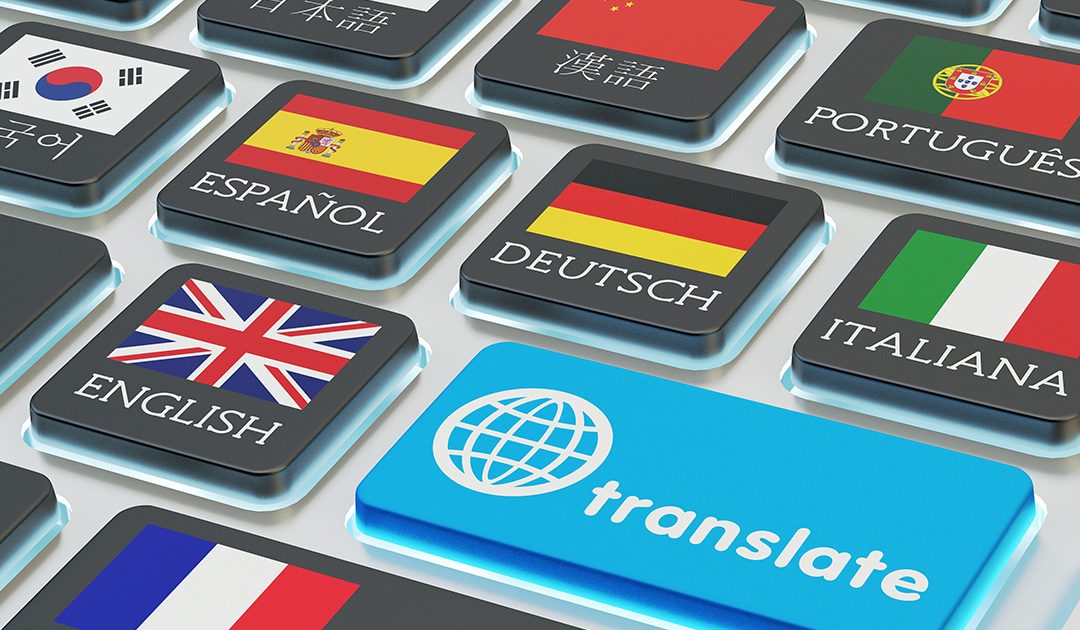The ways in which we read has evolved and changed massively over recent years with the advent of e-books, online magazines and newspapers, and the availability of these on mobile devices such as, tablets and phones.
This has, in turn, led to changes in publication; newspapers, once only available in paper form, are now available globally at the touch of a button, and e-books can be read wherever there is an internet connection to enable downloads.
These changes have added to the importance of translation in the publishing world and the current multilingual global society demands an accurate, effective, and precise translation of content – whether it be an e-book, a blog, or social media they are reading.
If you are a digital content writer translation has become of vital importance. Increased accessibility through the internet means your work could be read anywhere in the world, giving a broader audience, greater business opportunities, and increased readership possibilities.
For these global opportunities to be fully realised you will need to translate your work to overcome language barriers. If your readership is usually based in the UK you may only write in English, however, if you wish to enlarge your readership, target a new market, or expand overseas you will generally require the skills of a professional translator.
Professional translation services will offer the best conversion for your writing allowing you to engage with diverse markets, increase profitability, and develop foreign sales. They will provide an accurate translation, use appropriate language, and help you to localise your content for a specific audience.
Translation service providers don’t just translate words. There is far more to accurately translating an article than just changing each word, as anyone who has ever used Google Translate will know! Professional human translators read the entire article, gaining a feel for the voice of the piece, its perspective, bias or angle, and then translate it, ensuring that they communicate the message portrayed in the original piece as accurately as possible.
Human translation is essential for some translation tasks, however, machine translation is also a viable, dependable method of translation today for certain tasks. Machine translation has evolved in recent years and now uses different types of translation to give an improved service.
Statistical Machine Translation (SMT) works through the idea of probabilities. For each segment of original text there are only so many possible correct translations (based on previous data), and so the machine chooses the best ‘fit’. Google Translate is an example of SMT and is more accurate now than in the past due to the level of data which has been analysed. However, there are more advanced methods of machine translation that are currently available.
Rule-based Machine Translation (RBMT) operates on the rules of language and uses grammatical and syntax guidelines to suggest the best translation. There needs to be a huge bi-lingual dictionary for the pair of languages that are being translated and this is time consuming and costly to set up so the software is expensive, but it is more accurate than SMT. It is ideal for translations that involve frequent use of ‘stock’ phrases, for example, instruction manuals and so on.
Machine translation can have its uses, and when employed in combination with professional human translation it can be most effective.
Today’s global businesses are in constant need of translation providers and the increased demand for services are pushing developments in Machine Translation. The awareness of not just language changes, but also, cultural and ethnic differences can demand a human touch in translations to give the most accurate, respectful and quality translation available.
Businesses, customers, readers and consumers are demanding better quality translations than ever before, so it is essential that content writers rely on professional localisation and translation services to give them the best translation available.
Digital content that is precisely translated and culturally aware will give satisfaction to all who use it.


Recent Comments